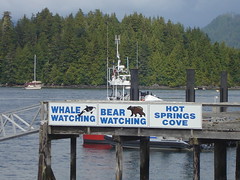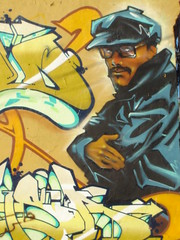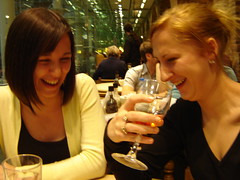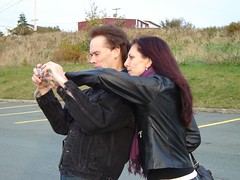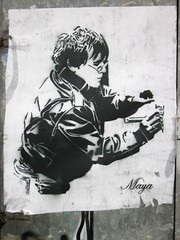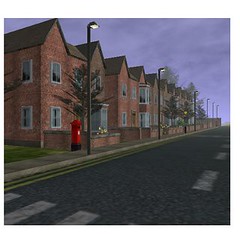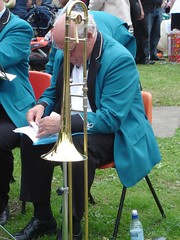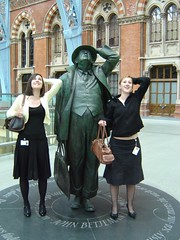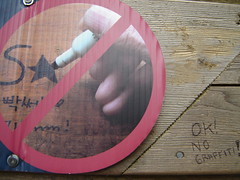 no graffiti
no graffiti
Views from the Capilano Suspension Bridge are truly amazing, and the experience of walking across reminds you of the fairground cakewalk. The cliff-top walkway gives equally good views of the gorge, but I must confess that I was completely distracted by the handrail! This is a foot wide smooth surface of wood that runs at chest height around the perimeter of the walkway. It is absolutely covered with writing in English, Vietnamese, Spanish, Hindi and so on. Visitors have left their mark on the handrail, using the materials at hand. Gouging out their names, writing them in biro, in marker pen, telling other visitors who they are, where they are from, and when they were there. It is the most basic form of mark making and identity performance. I was fascinated not only by the sheer diversity of visitors but the varied forms their messages took. Some were mourning missing relatives, others were statements of love or religious sentiment; others were more light-hearted (Bob smokes too much ganja) but none were obscene or malicious. Occasionally there was the polite notice from the owners, the no-graffiti sticker shown in the picture. But somehow this just became more graffiti. It is accompanied by a polite message reading "We don't come to your house and scribble on your walls, so please don't scribble on ours." Nonsensical really, because Capilano is not a house and a handrail is not a wall.
